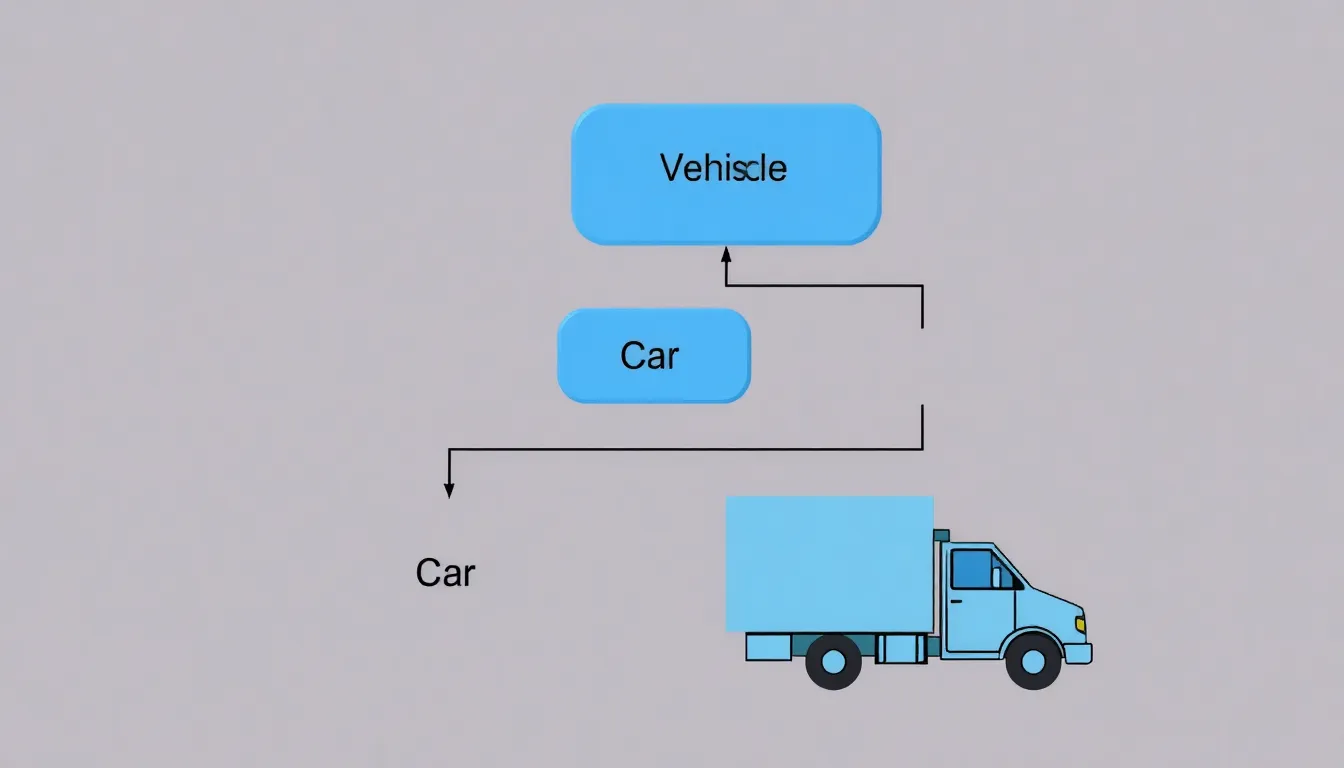In the world of programming, inheritance and polymorphism are the dynamic duo that can make code more efficient and flexible. Think of them as the Batman and Robin of object-oriented design, swooping in to save developers from the clutches of repetitive code. These concepts not only streamline the coding process but also add a dash of creativity to how developers structure their applications.
Table of Contents
ToggleOverview of Inheritance and Polymorphism
Inheritance enables classes to acquire properties and methods from other classes. This mechanism fosters code reusability and helps streamline application development. Inheritance allows developers to create a hierarchy of classes where a base class shares common attributes with derived classes. For example, a base class Animal can have derived classes like Dog and Cat, each inheriting characteristics from Animal.
Polymorphism enhances the flexibility of methods in programming. It allows different classes to be treated as instances of the same parent class. This capability enables a single function to operate on objects of various classes through method overriding and interface implementation. For instance, both Dog and Cat can implement a method makeSound(), returning different outputs based on their respective types.
Encapsulation complements these concepts by restricting direct access to an object’s internal states. The benefits of using inheritance and polymorphism accumulate when combined with encapsulation, promoting better organization of code and increased maintainability.
Code efficiency improves through these object-oriented principles. By reducing redundancy and promoting abstraction, developers can write cleaner and more understandable code. The dynamic interaction between inheritance and polymorphism provides a robust framework that supports the development of scalable applications. In practice, applying these principles can lead to innovative solutions and enhanced code functionality, paving the way for more sophisticated software design.
Understanding Inheritance

Inheritance is a fundamental concept in object-oriented programming. It allows one class to inherit properties and methods from another class, enhancing code reusability and promoting a cleaner, more efficient design.
What is Inheritance?
Inheritance enables a new class, known as a derived or child class, to acquire attributes and behaviors from an existing class, referred to as a base or parent class. This mechanism allows developers to create a class hierarchy that effectively represents real-world relationships. For example, a base class named Vehicle can have derived classes like Car and Truck. Each derived class can inherit the common properties of Vehicle, such as wheels and engine type, while also implementing unique features relevant to their specific categories.
Types of Inheritance
Multiple types of inheritance exist within programming. Single inheritance occurs when a class inherits from one parent class. This type provides clarity and avoids complexity. Multiple inheritance enables a class to inherit from multiple parent classes, offering greater flexibility but introducing potential ambiguity, known as the diamond problem. Multilevel inheritance involves a chain of inheritance where a child class inherits from a parent class, which itself is derived from another class. Finally, hierarchical inheritance features multiple child classes inheriting from a single parent class, fostering a clear organization of related classes. Each type serves different purposes in application design.
Exploring Polymorphism
Polymorphism is a core concept in object-oriented programming that enhances flexibility in the code. It allows different classes to be treated as instances of the same parent class, promoting efficiency and reducing redundancy in programming tasks.
What is Polymorphism?
Polymorphism refers to the ability of different objects to respond to the same method call in diverse ways. This versatility enables a single function to work with various class types, tailoring behavior to specific object types. Through method overriding, a derived class can provide a specific implementation for a method defined in its base class. For instance, both Dog and Cat classes can implement a makeSound() method but produce different outputs. This feature of polymorphism fosters dynamic binding, which allows for behaviors to be determined at runtime, ultimately leading to cleaner and more maintainable code.
Types of Polymorphism
Polymorphism primarily includes two types: compile-time and runtime polymorphism. Compile-time polymorphism, also known as static polymorphism, utilizes method overloading, allowing multiple methods with the same name to exist in a class or family of classes, distinguished by their parameters. In contrast, runtime polymorphism relies on method overriding, where a subclass provides a specific implementation of a method already defined in its parent class. Each type serves unique purposes, enhancing code functionality and maintaining clarity in the structure of object-oriented programming.
Relationship Between Inheritance and Polymorphism
Inheritance and polymorphism form a powerful duo in object-oriented programming. Together, these concepts enhance code flexibility and reusability.
How They Work Together
Inheritance allows a class to derive properties and methods from a parent class. This shared structure lets polymorphism operate effectively across different subclasses. When creating specific implementations, subclasses inherit the same method signatures from their parent class. For example, a parent class Animal can define a method makeSound(). Both the Dog and Cat subclasses override this method, providing their respective implementations. By leveraging this inherited structure, developers maintain a consistent interface while diversifying behavior across various class types.
Benefits of Combining Both Concepts
Combining inheritance and polymorphism streamlines code management and maintenance. First, it promotes code reusability, as subclasses inherit common functionality. This reuse reduces redundancy, leading to fewer errors. Second, the ability to implement polymorphic methods enhances method flexibility. By treating different objects as instances of a shared parent class, programmers can use a single function to handle various data types. Finally, this interaction encourages cleaner designs. With separation of concerns, developers can focus on unique characteristics without sacrificing shared behavior.
Practical Applications
Inheritance and polymorphism play essential roles in software development by improving code structure and flexibility. Their applications reach diverse domains, providing numerous benefits.
Inheritance and Polymorphism in Real-World Scenarios
Inheritance and polymorphism illustrate real-world relationships effectively. In a university management system, a base class called Person might include shared attributes such as name and ID number. Derived classes, like Student and Instructor, inherit those attributes while adding unique properties. Polymorphism allows a shared function, such as calculateSalary, to adapt in different contexts. Each derived class can implement this function differently, reflecting its specific needs.
Examples in Programming Languages
Java, Python, and C++ demonstrate inheritance and polymorphism features prominently. In Java, a class can extend another class, promoting reuse while allowing method overriding for polymorphism. Python employs a flexible approach where classes can inherit from multiple parents, enabling a dynamic implementation of polymorphism. C++ supports multiple inheritance and virtual functions that facilitate runtime polymorphism, allowing for varied behaviors across derived classes. Each language provides unique mechanisms, but all fulfill the fundamental goals of inheritance and polymorphism effectively.
Inheritance and polymorphism are pivotal in the realm of object-oriented programming. They not only enhance code efficiency but also promote a more organized and flexible approach to software design. By enabling classes to inherit properties and methods, inheritance fosters reusability and simplifies development processes.
Polymorphism complements this by allowing different classes to respond to the same method in unique ways, further reducing redundancy and enhancing functionality. Together, these concepts streamline code management and support the creation of scalable applications. Embracing inheritance and polymorphism ultimately leads to cleaner designs and a more efficient development experience.






